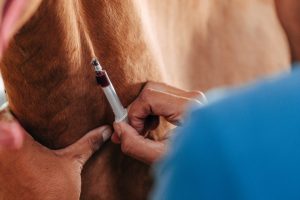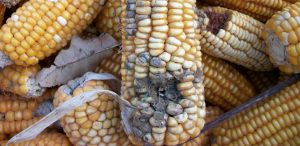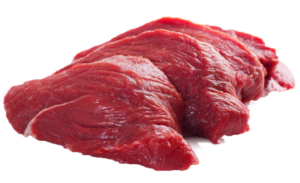Biochemical tests are commonly used in microbiology to presumptively identify and confirm the presence of specific groups of bacteria, including coliform bacteria. Coliforms are a group of gram-negative, rod-shaped bacteria that are commonly found in the environment and associated with the intestines of warm-blooded animals. They are used as indicators of water and food quality because their presence may suggest fecal contamination.
Common biochemical tests used for the presumptive identification and confirmation of coliform bacteria
Here are some common biochemical tests used for the presumptive identification and confirmation of coliform bacteria:
- Lactose Fermentation Test: Coliforms are capable of fermenting lactose, a sugar present in many culture media. The most commonly used medium for this test is the lactose fermentation broth, which contains lactose, a pH indicator (usually phenol red), and other nutrients. If coliforms are present, they will produce acid during the fermentation process, causing a color change in the medium from red to yellow.
- Gas Production Test: Along with acid production, coliforms can produce gas during lactose fermentation. The gas collects in the Durham tube, an inverted small tube placed inside the lactose fermentation broth. The production of gas is indicated by bubbles in the Durham tube.
- Indole Test: The indole test is used to detect the ability of bacteria to produce indole from the amino acid tryptophan. Coliforms typically produce indole, and this test is performed using a culture medium containing tryptophan and Kovac’s reagent. A positive result is indicated by the development of a red ring at the top of the culture medium after the addition of Kovac’s reagent.
- Methyl Red Test: The methyl red test is used to determine the ability of bacteria to produce and maintain stable acid products from glucose fermentation. Coliforms, such as Escherichia coli, produce a large amount of acid, leading to a positive methyl red test result, which is indicated by a red color after adding the methyl red reagent.
- Voges-Proskauer Test: The Voges-Proskauer (VP) test is used to detect the production of acetoin, a neutral end product of glucose fermentation. Some coliforms, like Enterobacter aerogenes, produce acetoin and yield a positive VP test result. The test involves the addition of alpha-naphthol and potassium hydroxide (KOH) reagents to the bacterial culture, resulting in a red color change if acetoin is present.
- Citrate Utilization Test: This test determines if a bacterium can utilize citrate as its sole carbon source. Coliforms like E. coli are typically negative for this test, whereas other enteric bacteria, such as Klebsiella and Enterobacter, are positive. A positive result is indicated by a change in color of the culture medium (Simmons citrate agar) from green to blue.
- Urease Test: The urease test is used to detect the ability of bacteria to produce the enzyme urease, which hydrolyzes urea to produce ammonia and carbon dioxide. Coliforms are typically negative for this test, while some other bacteria, such as Proteus species, are positive. A positive result is indicated by a color change in the urea agar from yellow to pink due to the increase in pH caused by ammonia production.
For definitive identification and confirmation, further testing (e.g., serological tests, genetic methods) may be required. Additionally, modern techniques like PCR (Polymerase Chain Reaction) and DNA sequencing are also used for accurate and rapid identification of coliforms and other bacteria.
Example using sterile brilliant green lactose broth
Materials Needed:
- Sterile brilliant green lactose broth tubes
- Inoculating loop or needle
- Bunsen burner or other heat source for sterilization
- Test organism (bacterial culture suspected to be coliform)
Procedure:
After growing bacteria on a selective media such as violet red bile agar (VRBA) for identification of coliforms it is of essence to carry out some further tests to confirm if the bacteria growing on the agar media are truly coliforms. In this case, one such test is done using 10 representative colonies from VRBA.
- Start by sterilizing the inoculating loop or needle in the flame of a Bunsen burner until it becomes red hot. Allow it to cool briefly before proceeding.
- Aseptically transfer a small amount of the test organism to be identified (bacterial culture) into the sterile brilliant green lactose broth tube using the inoculating loop or needle. Be careful not to touch the inner surface of the tube or the mouth of the broth tube with the loop/needle to avoid contamination.
- Replace the cap of the broth tube tightly.
- Incubate the inoculated brilliant green lactose broth tube at an appropriate temperature (typically 35°C) for 24 hours.
Interpretation of Results:
After incubation, observe the results:
- Positive Result: If the broth turns yellow, it indicates that the test organism has fermented lactose, producing acid. Additionally, gas bubbles may be observed in the Durham tube if gas was produced during the fermentation process. A positive result suggests the presence of coliform bacteria.
- Negative Result: If the broth remains green and there is no gas production in the Durham tube, it indicates that lactose fermentation did not occur, and the test organism is likely not a coliform bacterium.
Note: The appearance of a yellow broth and gas production in the Durham tube are considered presumptive positive results for coliforms. To confirm the identity of the coliform bacteria, further tests, such as the indole test, methyl red test, Voges-Proskauer test, and citrate utilization test as well as gram staining, may be performed for definitive identification.
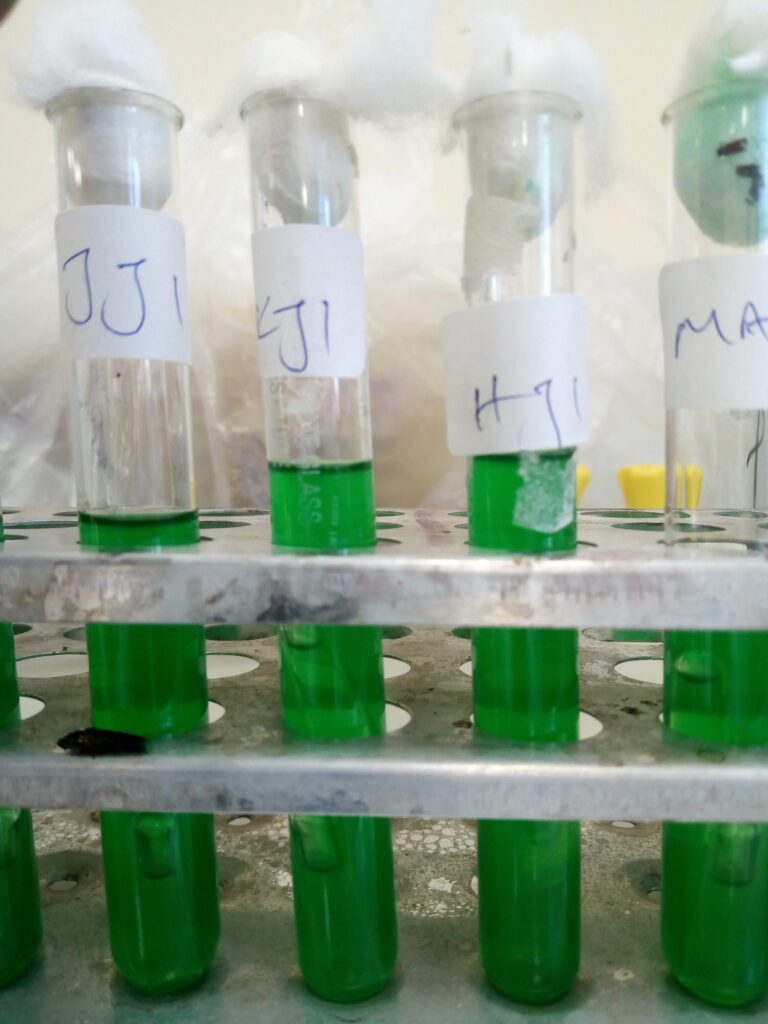
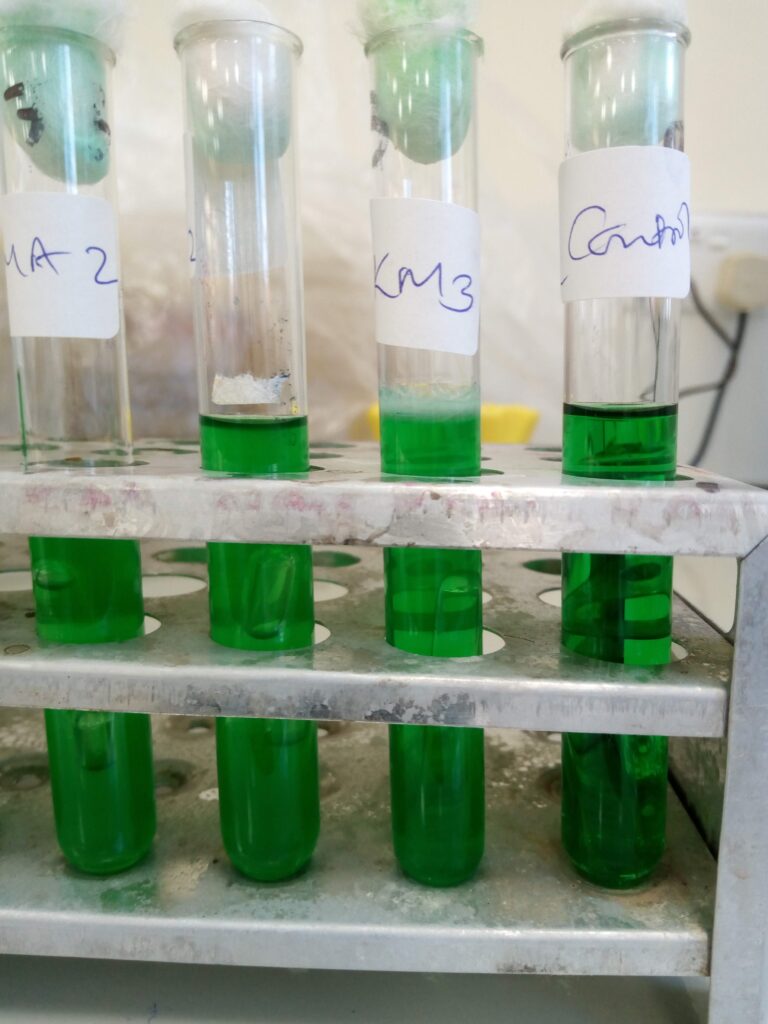
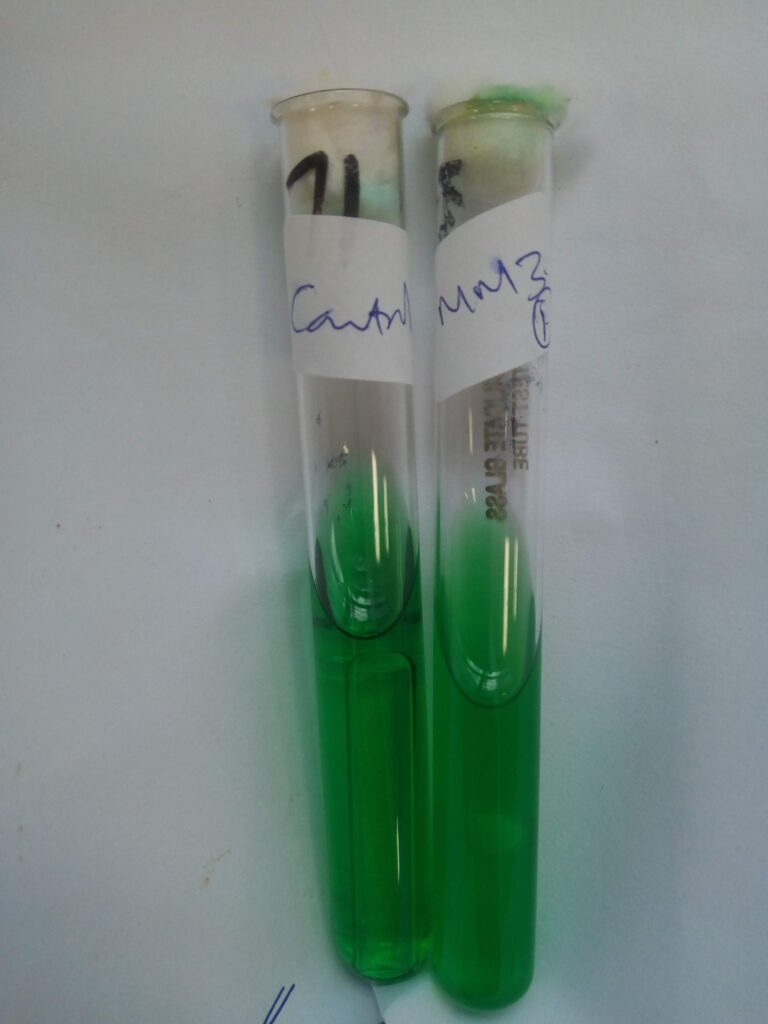
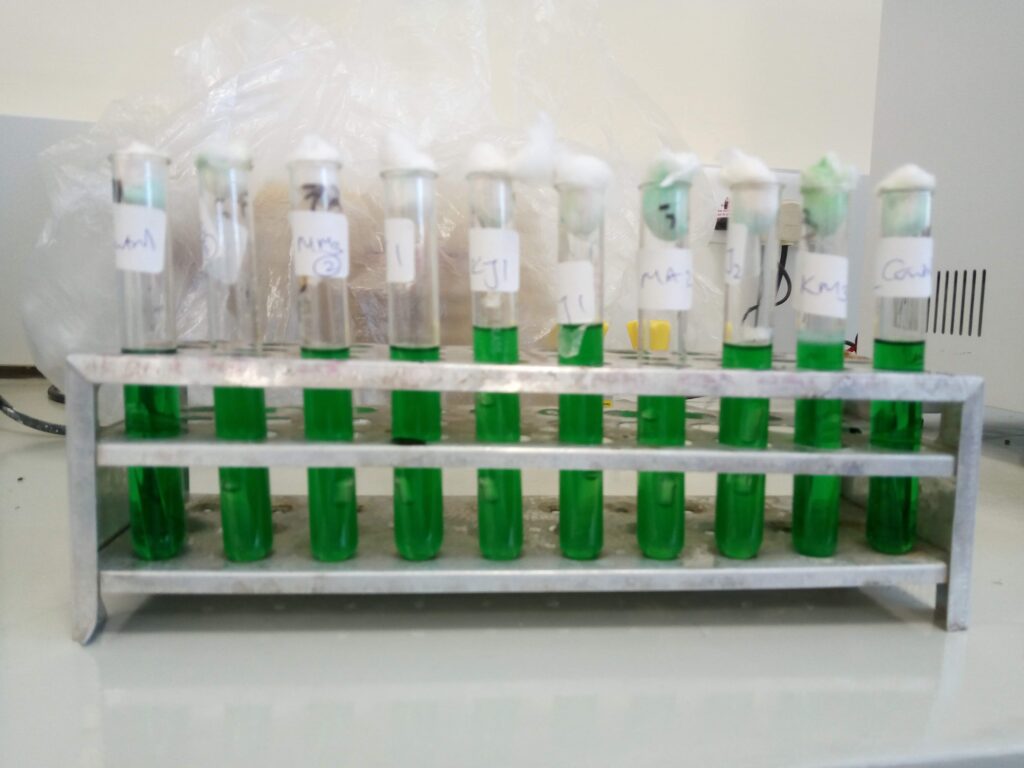
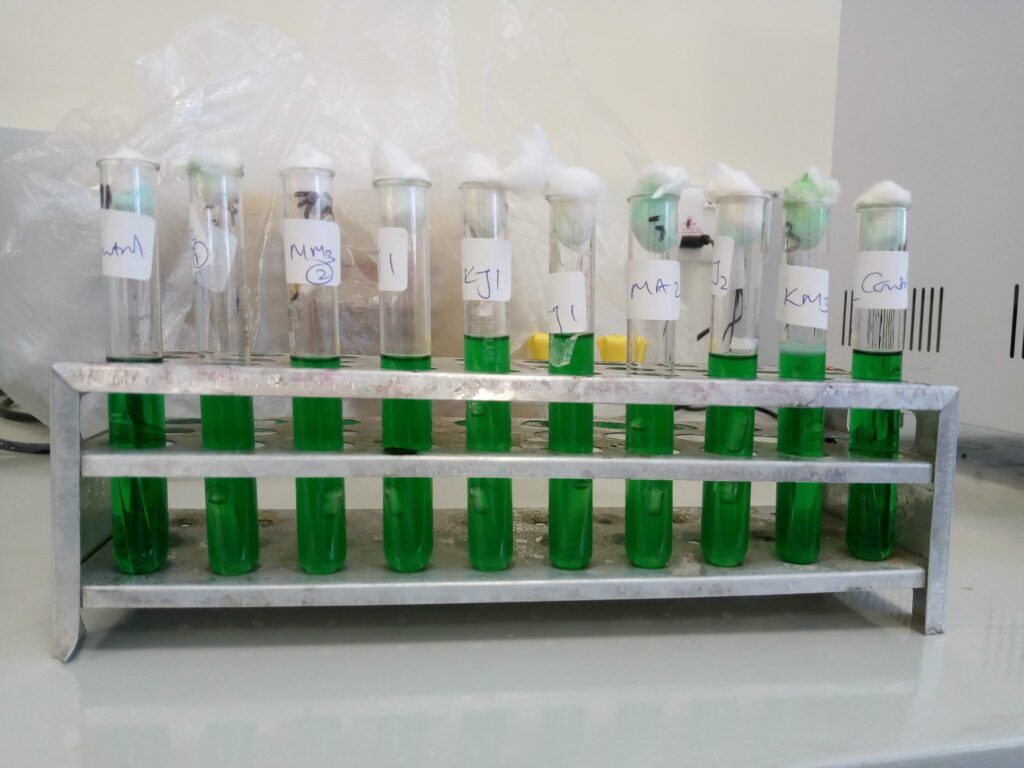
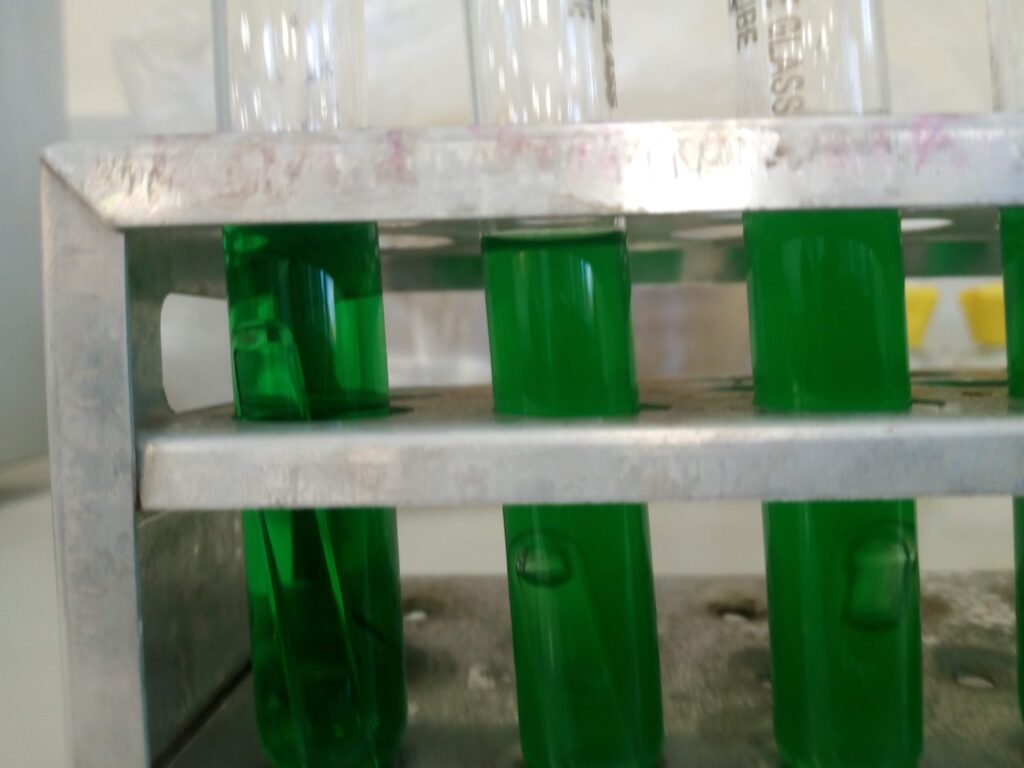
Our Blog!
Read the latest from our blog!
Ask the Experts!
Get answers from the food scientists!
Feedback!
We value your feedback!

